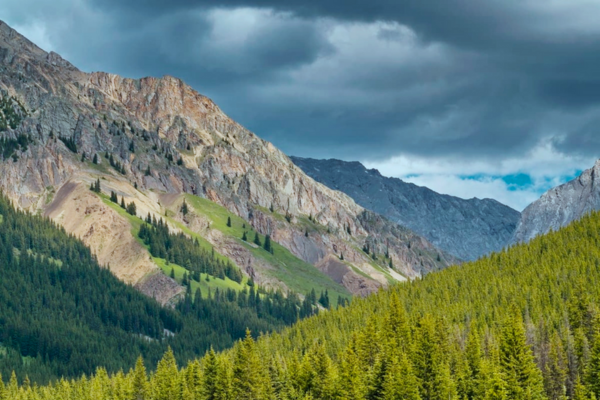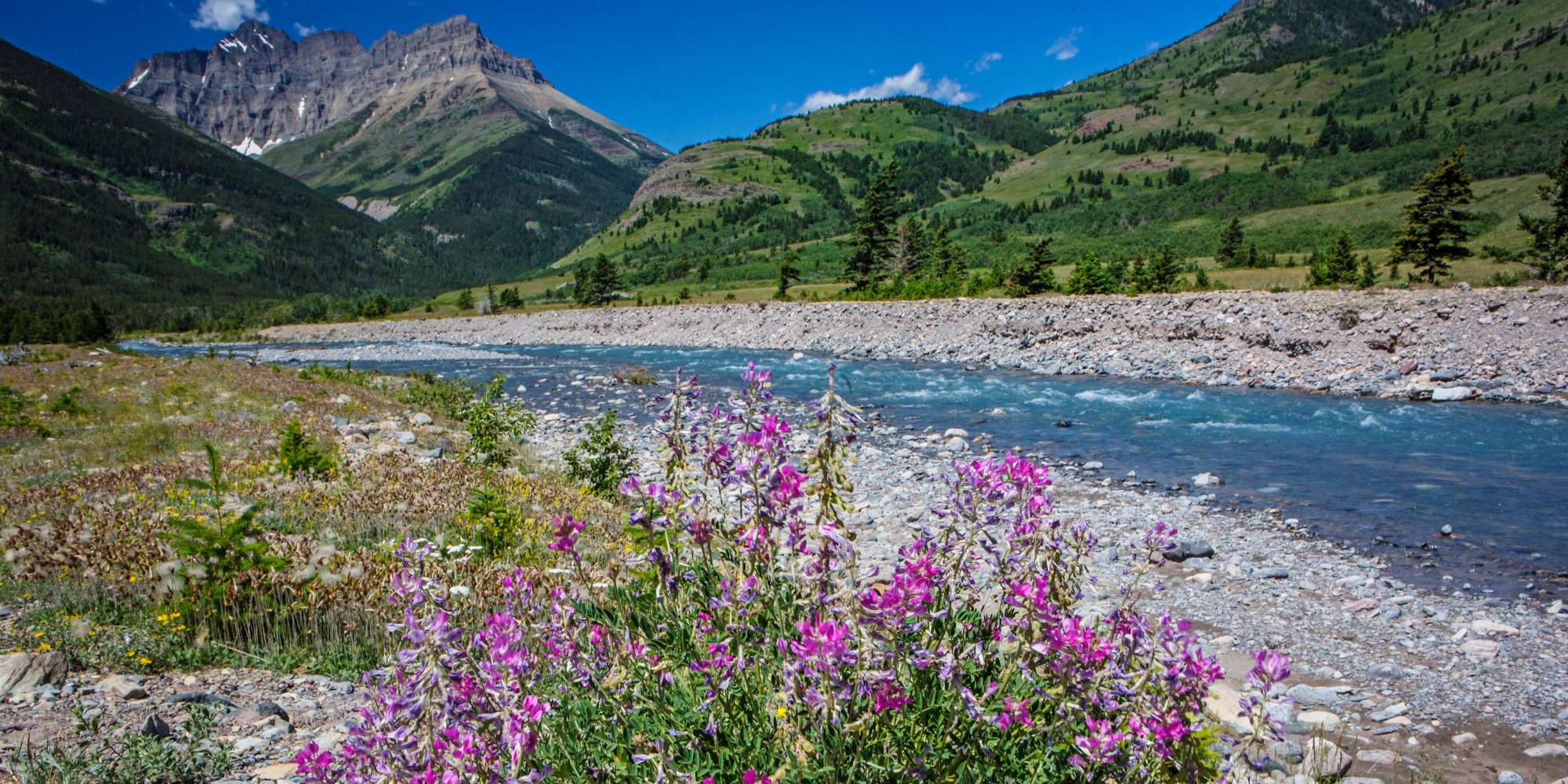March 30, 2023
Calgary | Mohkinstsis
On March 30, 2023, the Government of Alberta announced $211.3 million in funding over three years to improve current campgrounds and create new campsites, build new trails, and establish Big Island Provincial Park in Edmonton.
The release states that the ten-year goal is to build 900 new campsites across the province.
CPAWS Northern and Southern Alberta welcome renewed investment in parks and protected areas and hope that this is an indication of a re-found appreciation for Alberta’s natural heritage in the wake of continued public concern that the provincial government is failing to prioritize the environment.
While access to parks and public lands is of vital importance to Albertans, CPAWS has significant concerns about the expansion of campgrounds, trails and infrastructure in the absence of comprehensive land-use planning.
Improperly placed recreation infrastructure, including trails and campgrounds, can exceed science-based thresholds and carry numerous risks — including increasing human-wildlife conflict, fragmenting wildlife movement, and jeopardizing biodiversity and ecological integrity.
For instance, sensitive species such as grizzly bear, elk, and caribou may avoid areas entirely, further limiting their already-reduced habitat, or placing them at increased risk of conflict. Water quality also diminishes in overburdened regions, and aquatic species – like our at-risk native trout – suffer.
We know that the current level of protection in the provincie is insufficient to improve conditions for biodiversity. The provincial park system must expand and must strengthen its protections to be more effective, so recreation is sustainable, and parks can continue to provide one of the primary reasons for people to visit – access to nature. The impact of infrastructure expansion without corresponding planning or an increase in protected lands is unclear.
In addition to recreation-focused funding, ambitious action and investment in habitat protection are sorely needed to address the loss of certain species, such as endangered native trout and threatened caribou. Recent polling found that 73% of Albertans want more land for provincial parks with a focus on recreation and leisure and 77% want more land protected for wildlife habitat to prevent further decline of populations. That same polling also found that 95% of people across the province are concerned about the loss of species and the biodiversity crisis.
As such, the funding allocated to the creation of Big Island Provincial Park is encouraging. We hope to see more investments in new or expanded parks to help meet the growing demand for camping and outdoor recreation opportunities in the province.
However, CPAWS continues to be concerned by the blurred lines between public/crown land and parks that this announcement reinforces — to say nothing of the remaining concerns related to splitting parks operations into a different ministry than protected areas conservation. Millions of visitors flock to Alberta’s parks to experience the landscapes and wildlife the province is meant to protect.
While the opportunity to recreate on both parks and public lands is important to maintain, the amount and types of activities that are appropriate in each designation can differ. Parks provide a higher level of protection than public lands with the overarching goal of conserving key environmental values. CPAWS wants to ensure that the protections in our existing parks are not eroded through inappropriate developments or unsustainable levels of use, while also ensuring quality experiences for Albertans.
Transparency in decision-making and how funding is spent will be critical to ensuring that the expansion of camping opportunities is delivered equitably and with careful consideration of environmental impacts.
Completing this work in tandem with long-awaited comprehensive land-use planning would be an effective solution. This would help ensure that campsites and trails are situated to increase positive nature experiences for Albertans and allow for the assessment of cumulative impacts of industry and recreation to ensure the long-term sustainability of recreation and the natural value of Alberta’s parks and crown lands.
CPAWS hopes that this announcement signals that the environment will become a high priority for Alberta. However, it must be accompanied by meaningful investment in land-use planning, species-at-risk recovery and increased protected areas if we are to meet Canada’s international commitment to protect 30% of its land for conservation by 2030. Alberta has a long history of protecting its natural heritage and renewing this as a priority would benefit all Albertans.
For more information, please contact:
Katie Morrison, Executive Director
CPAWS Southern Alberta
kmorrison@cpaws.org
Tara Russell, Program Director
CPAWS Northern Alberta
trussel@cpaws.org
More News

All-Seasons Resort Policy Released

Critical Habitat and Industry Lobbying Part 4: How DFO Allows Critical Habitat Destruction


